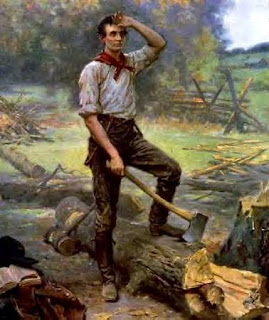South Ave Reconstruction

Back to regular order on this blog, covering some construction projects that I see around the city. Right around South Ave, near College Town and the South Wedge there's a good amount of heavy machinery tearing up the pavement and diverting traffic. According to the project page the scope of this project is " ... Full depth pavement reconstruction. Additional improvements will also include new sidewalk, curb, curb ramps, driveway aprons, drainage basins, water main, water services, hydrants, lighting, signals, signing, pavement markings, tree plantings, pedestrian crossing improvements, and bicycle accommodations " Perhaps the most exciting aspect of this project is the new bicycle infrastructure. The cycle path from the University of Rochester to College Town is being extended further along Elmwood where it will meet with the multi-use path. Intersection of Elmwood and South, from this presentation The project is also adding separa...



